November 29, 2018
Scoring Valve’s ARTIFACT: An Interview with composer/sound designer Tim Larkin
by Randall D. Larson
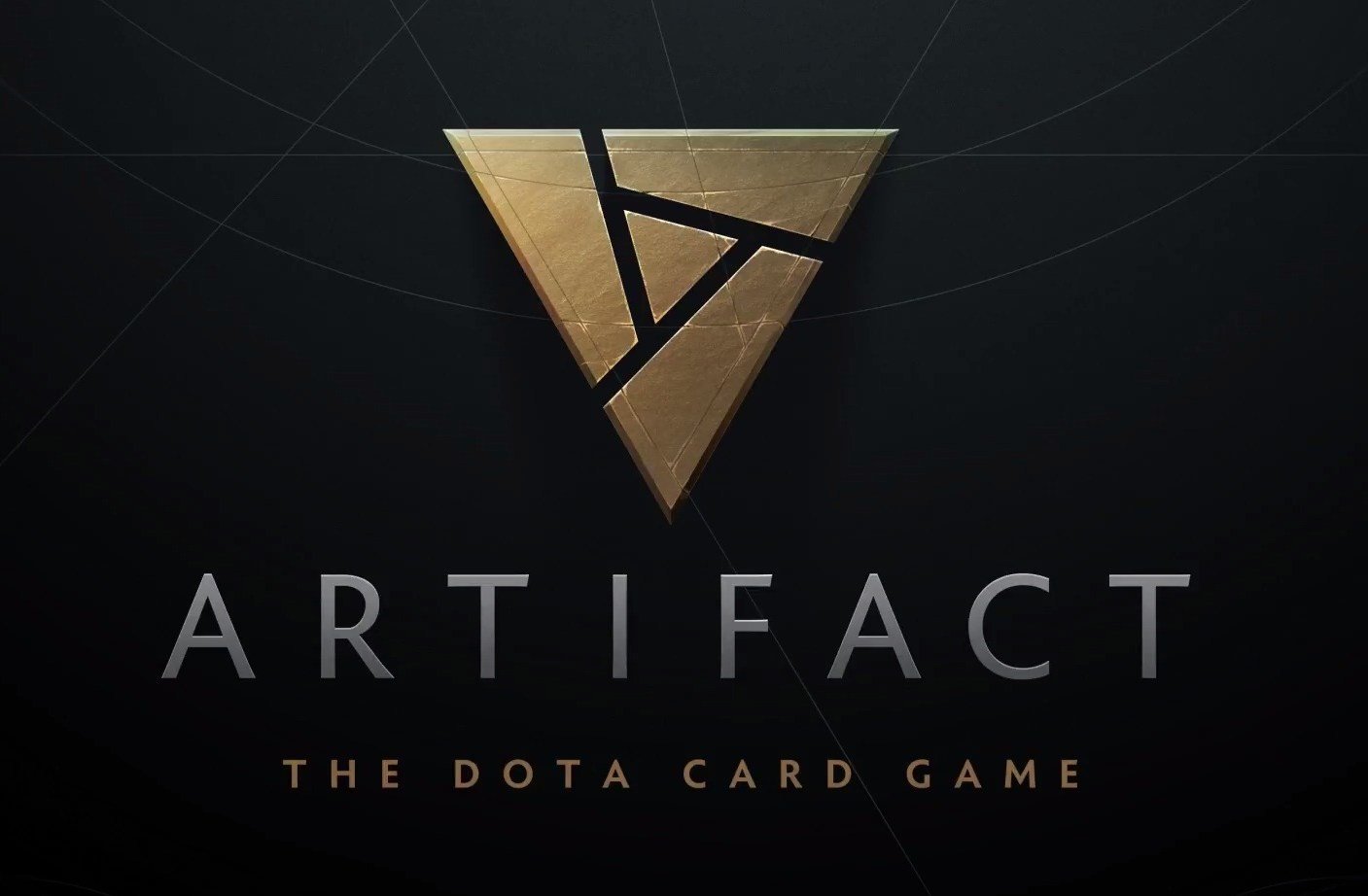
The Card Game Reimagined: Artifact is an immersive and visually-striking trading card game that focuses on online player versus player battles across three boards, called lanes. A collaboration between legendary card game designer Richard Garfield and Valve Corporation, Artifact is a digital card game that combines deeply-strategic, competitive gameplay with the rich setting of Dota 2 – a multiplayer online battle arena gave developed and published by Valve in 2013. Dota 2 is a sequel to Defense of the Ancients (DotA). This game, like most modern digital games, depends on its musical and sound design for much of its energy and effect. Valve’s composer and sound designer Tim Larkin, who along with Jason Hayes composed the music for Dota 2, has created an immersive musical and sonic environment for Artifact, released on November 28.
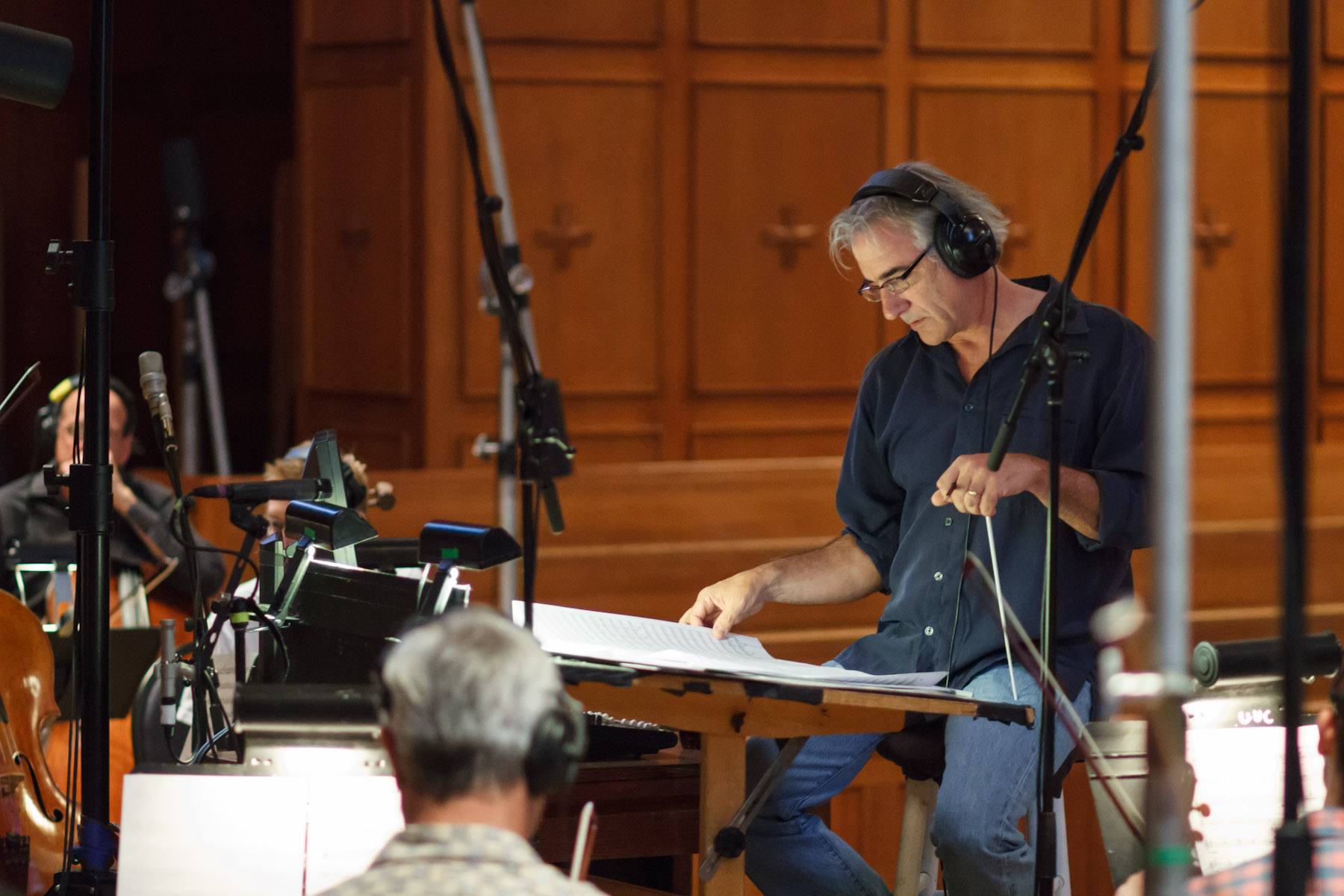
Larkin has 23 years of experience in the game audio industry. In addition to his extensive work on video games, his experience in the music industry includes live performances as a trumpet player with artists Natalie Cole, Ella Fitzgerald, James Brown, Mel Tormé, Sheila E and Huey Lewis, on record albums for Ice-T, and on numerous documentaries for National Geographic and American experience. He has also been a solo artist for Avenue Jazz and worked on the HBO films THE RAT PACK, WHITE MILE, and FLOUNDERING. Larkin’s most recent gaming music is the soundtrack for Valve’s Artifact.
Interviewed on November 19th, Larkin described in detail the intricacies of scoring for video games and the music that sets the pace for Artifact.
Q: Briefly, how did you begin composing music for games? You’d been a trumpet player for film scores since the early 1990s – how did you crossover into doing sound design for films and games, and then composing music for games?
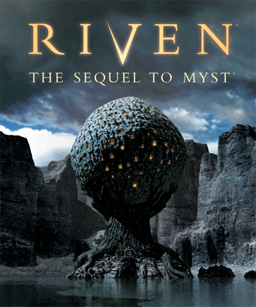 Tim Larkin: My game career started when a friend of mine and I who were playing in several bands together started a jingle company. We started writing commercial demos and decided we also needed to do some marketing. The year was 1994. My partner and I decided that since CDROMs were just coming on the scene and would likely need musical content that we’d start there. We looked in the phone book and called the first software company we saw that happened to be Broderbund. They ended up hiring us both. One of the questions I was asked as I was ending my interview was whether or not I minded doing sound design as well. I said no problem, and added that to the skillset. The industry was just starting and obviously things were different as far as needs for creatives. We both ended up working there for 4-5 years together on quite a few children’s projects including Carmen Sandiego, The Playroom, and others. Riven was being developed during this time and I really wanted to branch out into a more esoteric type of design so I submitted some sound design work for Robyn Miller and ended up working for a year or so creating audio for Riven. A few years later they called me up to Spokane to do composition and sound design on URU which was basically an online expanded version of the Myst Universe.
Tim Larkin: My game career started when a friend of mine and I who were playing in several bands together started a jingle company. We started writing commercial demos and decided we also needed to do some marketing. The year was 1994. My partner and I decided that since CDROMs were just coming on the scene and would likely need musical content that we’d start there. We looked in the phone book and called the first software company we saw that happened to be Broderbund. They ended up hiring us both. One of the questions I was asked as I was ending my interview was whether or not I minded doing sound design as well. I said no problem, and added that to the skillset. The industry was just starting and obviously things were different as far as needs for creatives. We both ended up working there for 4-5 years together on quite a few children’s projects including Carmen Sandiego, The Playroom, and others. Riven was being developed during this time and I really wanted to branch out into a more esoteric type of design so I submitted some sound design work for Robyn Miller and ended up working for a year or so creating audio for Riven. A few years later they called me up to Spokane to do composition and sound design on URU which was basically an online expanded version of the Myst Universe.
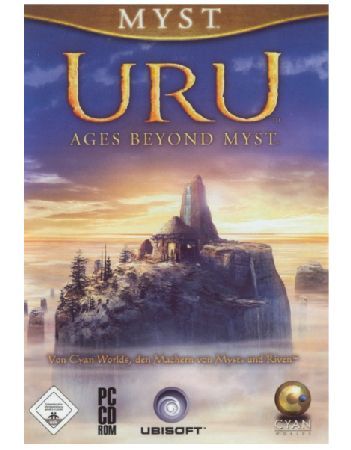 Q: What did you learn from your experiences scoring games from your early work on such games as URU – Ages Beyond Myst, and Pariah?
Q: What did you learn from your experiences scoring games from your early work on such games as URU – Ages Beyond Myst, and Pariah?
Tim Larkin: I was really lucky during that period in that I was pretty much given total autonomy with URU. We also had a pretty long production schedule due to some technical engine ports that left me with plenty of time to experiment and iterate. I was able to try out different scenarios without much consequence while the rest of the team was working on engine issues. It was really a chance to hone both writing and implementation skills and fine tune mixing techniques as well as getting feedback from peers for an extended amount of time. Not often that there’s chances for on-the-job training in this field, but I was lucky enough to experience some of that during a critical part of my career. Pariah gave me the chance to work virtually while creating the score for the first time which is something that has come in handy since I have lived in Spokane for almost 20 years now, away from most of the major production hubs.
Q: As with URU, with Myst V End Of Ages you’re coming into a franchise that already had a defined kind of musical signature? How did you treat the score and incorporate a bit of your own musical voice in the music?
Tim Larkin: I decided early on with URU that I would use the existing Myst music as a departure point rather than a stylistic choice. Robin Miller and I have very different approaches to composition. I wanted to remain somewhat abstract and ambient but also flush out more orchestration whenever possible. Our pallets ended up being quite different in the end. I think I tended to lean a bit more towards hybrid orchestra while adding textural and ethnic elements. There were a few times that I did try to lean towards the initial Myst sound but found that I was much more successful in doing what I felt comfortable with instead. I believe in the end that it fit in better with the URU universe which was really a more contemporary setting than Myst. The score that I created for Myst V however was much more of continuation of the franchise than URU and I definitely relied more on ambient textures and other worldly sounds.
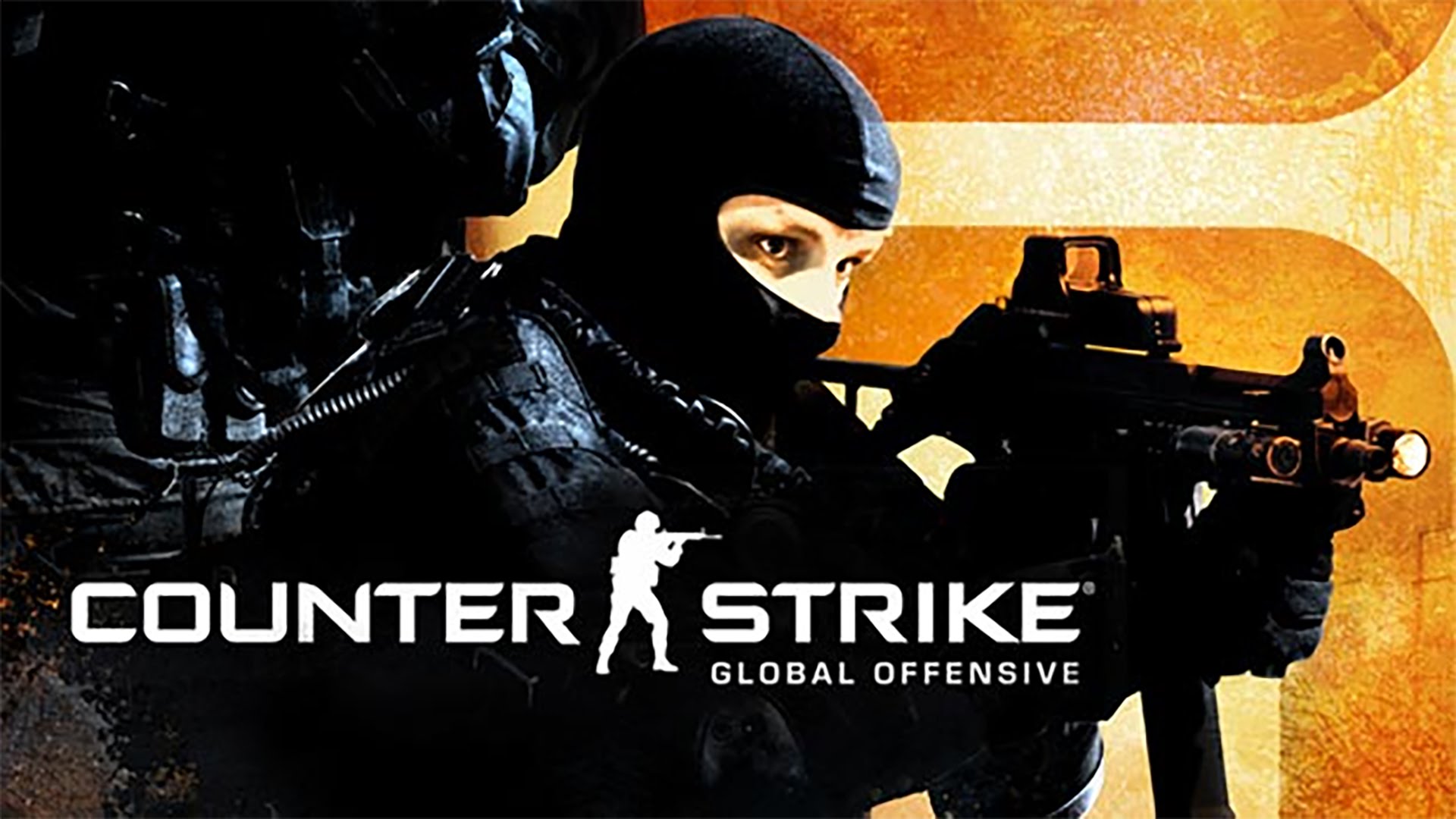
Q: Would you explain a bit about your score for Counter-Strike: Global Offensive and what kind of technique and interactive music these shooting games needed?
Tim Larkin: CSGO is actually one of the few games that works best with very little music. Aside from a from a main theme, the entire score consists of a little over five minutes of music. The reason for that is that it’s a highly competitive game that relies heavily on sound cues such as player movements to be successful. As a result it’s not conducive to having music cover up important strategic moments. That said the music does announce several things that could happen out of your field of view such as planting a bomb or time winding down. In general the cues are pretty short and get out of the way of gameplay pretty quickly. They’re created more like stingers than underscore.
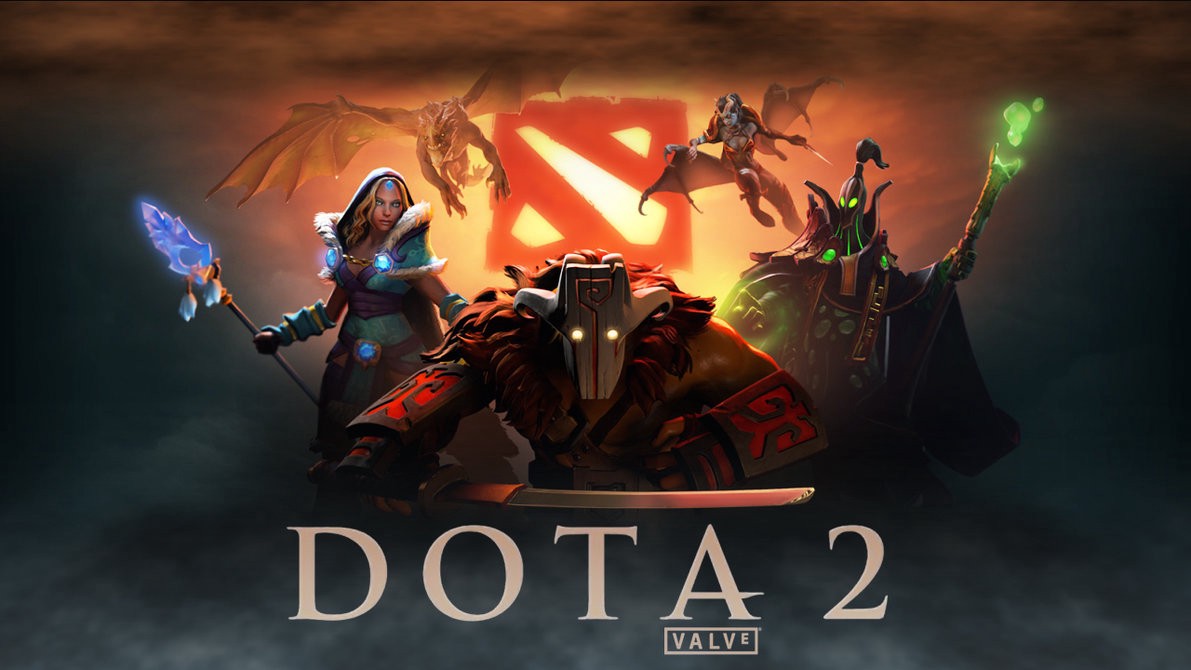
Q: In the case of Dota 2, you were among a number of composers credit with providing music to this game. How did that work out for you and what were your specific contributions to the game?
Tim Larkin: Initially, my friend Jason Hayes and I started the music for Dota 2 here at Valve. Unfortunately he was only here a short time so I continued working on the music after he left. I’ve since done the in-house composing for the game when needed for trailers or additions. We also have a setup that allows the community to create and contribute their music to the game through our workshop. We release several soundtracks every year from community members to sell through our Steam channel. They get a generous portion of the profits that stem from a community of 10-12 million players every month. The result can be pretty rewarding for some of the composers that might not otherwise have a chance at composing in the industry and they get direct feedback from the Dota community.
We also have a music pack that we contract out to a different composer every year leading up to the International Dota 2 tournament that is included in a bundle of extras we sell to help support the multi-million dollar prize pool. We’ve had 4 different professional composers contribute so far: Chance Thomas, Lennie Moore, Julian Soule, and Jack Wall.
Q: Dota 2 seems to be set in a uniquely in-depth and cast universe with a very interesting backstory. How did the story, characters, and environment of this particular game inspire you to write such in-depth and world-building music?
Tim Larkin: It so happens that one of the very first pieces of music composed for Dota was for the initial trailer release. The environment, characters, and story that were contained in this video really helped establish style. From that point on it was really a matter of working with an established palette of instruments that created the music’s gothic/ethnic feel. We were also able to record and perform with a live orchestra for several updates and concerts, which helped keep the quality bar high.
The music is basically authored in layers which vary in intensity and parallel gameplay by reacting to various game states. The layers are added and subtracted dynamically during battles or situations that elevate pace of the game. This is generally referred to as vertical writing as opposed to horizontal writing where you are more dependent on branching the music instead.
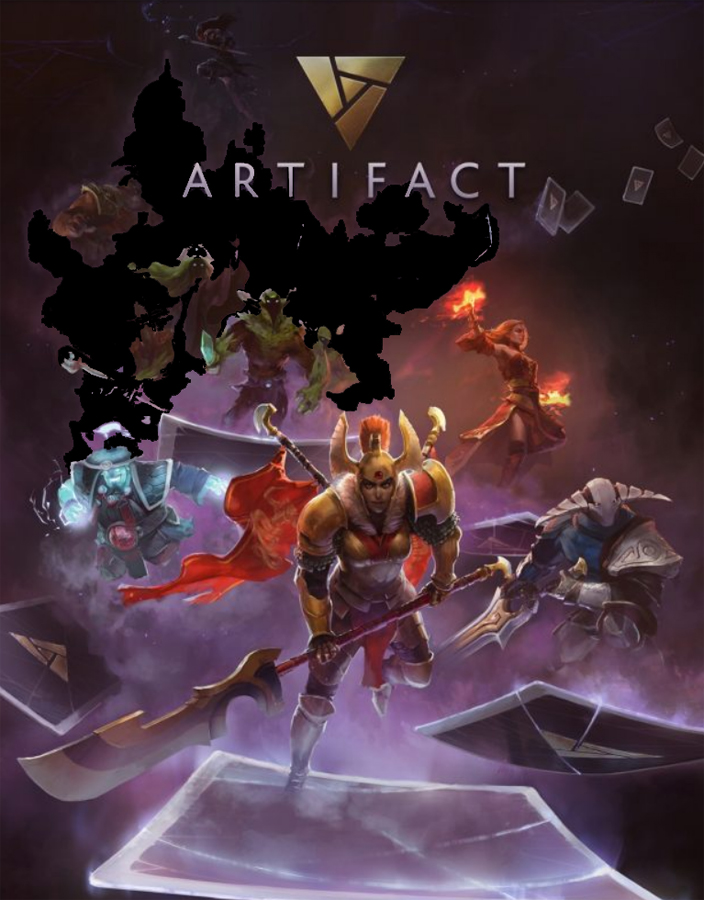 Q: How did the musical needs of Artifact, a digital card game, differ with that of an immersive, interactive battle game like Dota?
Q: How did the musical needs of Artifact, a digital card game, differ with that of an immersive, interactive battle game like Dota?
Tim Larkin: I think the first thing to consider is just what the style should be and then try to write the best music you can that fits the style. You look at the needs of the various levels of gameplay and decide what to put where. Artifact definitely has a different pace than Dota, but there are still opportunities for dynamic treatments along with writing pieces that have convey more or less action or momentum.
Q: What became the focus of the music here and how did it support the player’s interaction with the game via the card play?
Tim Larkin: The music style came from several places for this game. First off, it’s based in the world of Dota heroes. So again that became a departure point of sorts. Some of the initial palette was based off of the previous Dota score. However there’s lore in the Artifact story based on a type of vagabond, gypsy caravan feel that felt important to capitalize on. That’s where the idea of a Balkan choir came in. Exploring Eastern European music turned out to be quite interesting as well as fitting for this setting. In the end there’s a bit of hybridization that makes up the music for Artifact.
We’ve done some very subtle dynamic changes that affect the music over time that hopefully don’t become apparent or distracting. Seeing as how you’re not dependent upon agility to compete and can often remain in the same game state for a period of time, the changes needed to reflect that. So instead of having abrupt and jarring turns in the music, it’s all done very slowly and much more behind the scenes. There are very slight speed and volume modulations that align with the tension and momentum that are really meant to be more subliminal than attention grabbing.

Q: Your orchestration and use of choir has been especially striking. What kind of musical palette have you been able to use on these scores?
Tim Larkin: This ended up being one of the most fun and rewarding scores due to the makeup and style of the music. Instead of one choir, I ended up writing for two separate choirs: a standard SATB 24-piece choir for most of the bigger harmonic sections and a smaller 12-piece women’s choir for the more melodic sections and a few vocal solos. We actually recorded in Utah and I wasn’t sure about getting the Balkan feel from the choir there; the Balkan style is pretty unique with a nasal tone and wide vibrato. I remember the choir director basically telling them to sing contrary to what they had been taught for years as to being correct. They embraced that and nailed it! The rest of the score consists of a pretty standard orchestra that’s heavy on the ethnic percussion and also focuses on several solo instruments such as the duduk and kaval. The brass is pretty heavy on the low end so the decision was made during the orchestration stage to add contra bass trombone to the lower end to give it more edge. The horn section is also pretty prominent throughout helping to flush out suspensions and counterpoint melodies.

Q: What has been most challenging for you in composing any of these scores? What’s been most rewarding?
Tim Larkin: The challenge is almost the same every time: the blank page. It’s starting an idea or concept while trying to steer it in the direction of the style and needs of the game. Artifact has extreme depth in game play, design, and visuals so you always feel the need to rise to the level of the rest of the team’s work and Artifact has an exceptionally talented team. The most rewarding can be the relief of wrapping the final take and completing the final mix to what always feels the best and that’s getting the response from your team and the community. It’s nice to feel like you’ve actually been successful during a period in which had been constantly filled with self-doubt.
Learn more about Artifact at Steam
Listen to Tim Larkin’s Artifact score on SoundCloud here
Watch a trailer about how to play Artifact: featuring some previews and beta screens:




